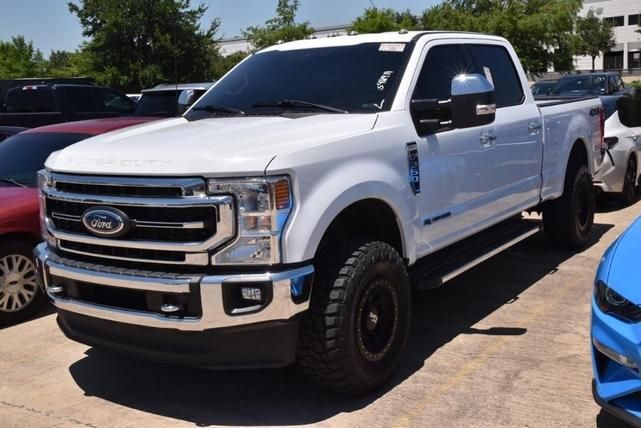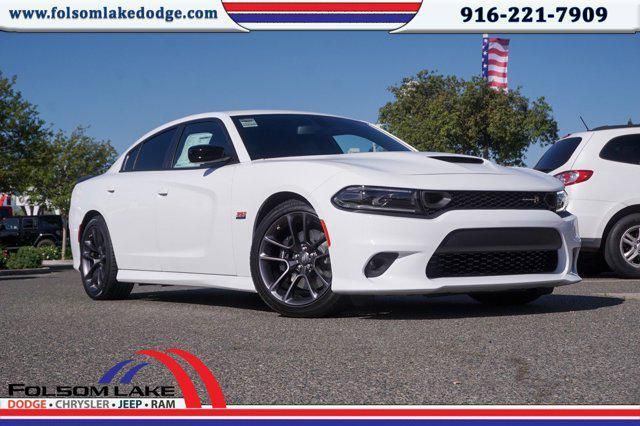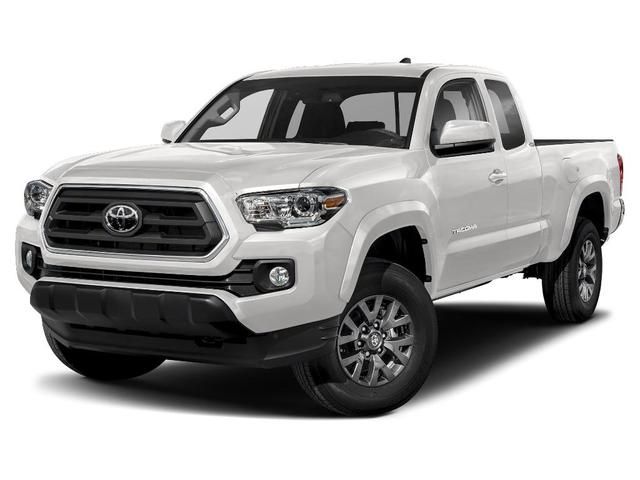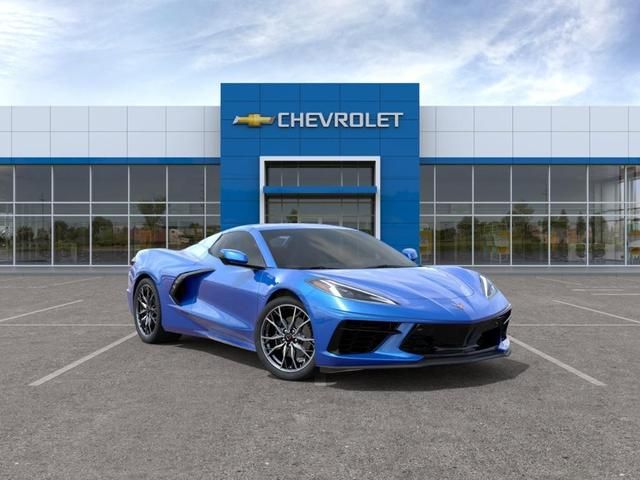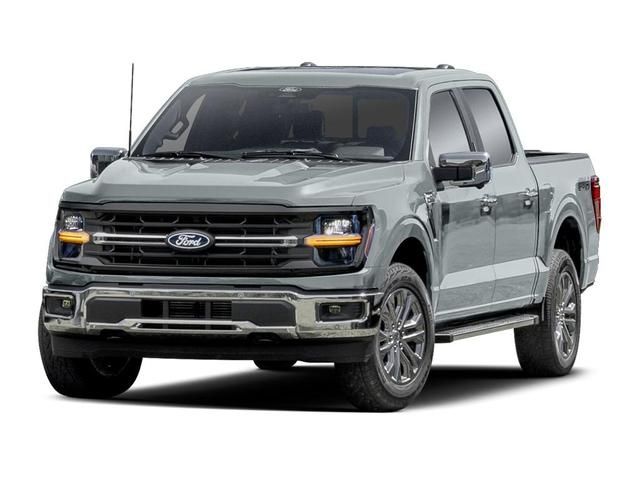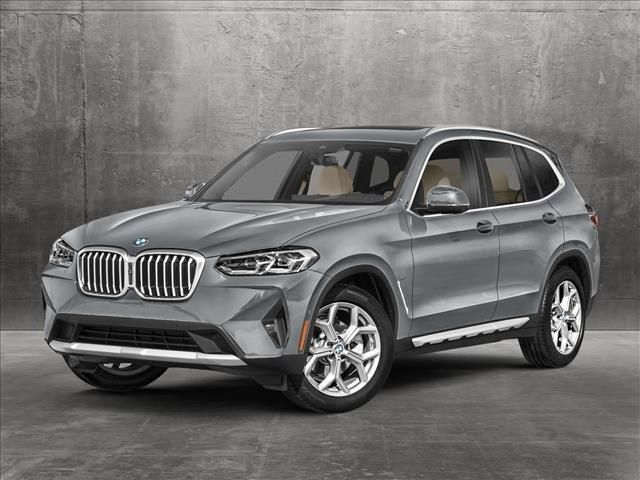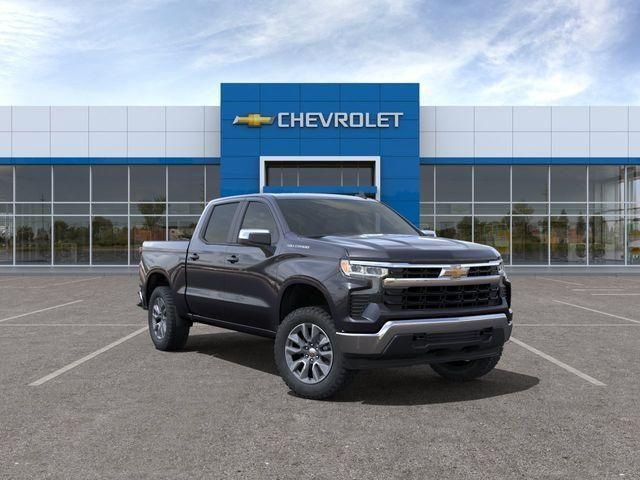
2020 TOYOTA C-HRVIN: JTNKHMBX3L1062893
Historical Records
Vehicle declared a total loss by an insurance company
Collision damage reported
Outer tie rod(s) replaced
Alignment performed
| Year | 2020 |
| ODO | 1066 mi |
| Seller | Hidden text (Hidden text) |
| Location | Peoria, IL, 61615 |
| Date | appeared 13 days ago latest price $8683 |
| Price History | |
| Sale Website Type | classifieds |
| Notes | |
| Hidden text | |



| Body Style | SUV |
| Color | Silver |
| Color (Interior) | Black |
| Transmission | CVT |
| Engine | 2.0L I4 DOHC 16V |
| Drive | Front-wheel Drive |
| Fuel Type | Gasoline |
- 3-point seatbelt Rear seat center 3-point seatbelt
- Hidden text
- Adaptive cruise control Full-Speed Range Dynamic Radar Cruise Control (DRCC)...
- Hidden text
- Apple CarPlay
- Hidden text
- Aux input jack Auxiliary input jack
- Hidden text
- Blind Spot Monitor
- Hidden text
- Bumpers front Body-colored front bumper
- Hidden text
- Climate control Automatic climate control
- Hidden text
- Door ajar warning Rear cargo area ajar warning
- Hidden text
- Driver Foot Rest
- Hidden text
- Electronic stability control VSC electronic stability control system
- Hidden text
- Engine/electric motor temperature gage
- Hidden text
- Folding door mirrors Power folding door mirrors
- Hidden text
- Front impact airbag driver Driver front impact airbag
- Hidden text
- Fully Automatic Headlights
- Hidden text
- Heated Door Mirrors
- Hidden text
- Instrumentation display Analog instrumentation display
- Hidden text
- Knee Airbag
- Hidden text
- Lock-up transmission
- Hidden text
- Occupancy sensor Airbag occupancy sensor
- Hidden text
- Panel insert Piano black and metal-look instrument panel insert
- Hidden text
- Power Door Mirrors
- Hidden text
- Radio: AM/FM Stereo w/8in Touch-Screen Display
- Hidden text
- Rear head restraint control Manual rear seat head restraint control
- Hidden text
- Rear Window Defroster
- Hidden text
- Seatback storage pockets 2 seatback storage pockets
- Hidden text
- Smart device for nav Scout GPS Link dedicated smart device app for navigatio...
- Hidden text
- Speed-Sensing Steering
- Hidden text
- Steering type Rack-pinion steering
- Hidden text
- Suspension type rear Multi-link rear suspension
- Hidden text
- Traction Control
- Hidden text
- Turn signal in door mirrors Turn signal indicator in door mirrors
- Hidden text
- Visor illuminated driver mirror Illuminated driver visor mirror
- Hidden text
- Windshield trim Black windshield trim
- 6130
- ABS Brakes Four channel ABS brakes
- Hidden text
- Alloy Wheels
- Hidden text
- Auto door locks Auto-locking doors
- Hidden text
- Battery charge warning
- Hidden text
- Brake Assist
- Hidden text
- Cargo access Proximity cargo area access release
- Hidden text
- Cruise control Cruise control with steering wheel mounted controls
- Hidden text
- Door mirror style Body-colored door mirrors
- Hidden text
- Dual Climate Control
- Hidden text
- Emissions tiers Tier 3 Bin 125 emissions
- Hidden text
- First-row windows Power first-row windows
- Hidden text
- Front Bucket Seats
- Hidden text
- Front seat upholstery Cloth front seat upholstery
- Hidden text
- Handsfree Bluetooth handsfree wireless device connectivity
- Hidden text
- Hill start assist Hill Start Assist Control (HAC)
- Hidden text
- Internet radio capability Aha internet radio capability
- Hidden text
- Lane Departure Warning
- Hidden text
- Manual driver seat controls Driver seat manual reclining, fore/aft control a...
- Hidden text
- One-touch up window Front and rear one-touch up windows
- Hidden text
- Passenger doors rear right Conventional right rear passenger door
- Hidden text
- Powertrain warranty 60 month/60,000 miles
- Hidden text
- Rear Anti-Roll Bar
- Hidden text
- Rear seat upholstery Cloth rear seat upholstery
- Hidden text
- Rearview mirror Auto-dimming rear view mirror
- Hidden text
- Second-row windows Power second-row windows
- Hidden text
- Speakers Standard grade speakers
- Hidden text
- Spoiler Rear lip spoiler
- Hidden text
- Steering wheel telescopic Manual telescopic steering wheel
- Hidden text
- Telescoping Steering Wheel
- Hidden text
- Transmission Electronic Control
- Hidden text
- Variable panel light Variable instrument panel light
- Hidden text
- Voice activated audio Siri Eyes Free voice activated audio controls
- Hidden text
- 6 Speakers
- Hidden text
- Air conditioning Yes
- Hidden text
- Armrests front center Front seat center armrest
- Hidden text
- Backup camera
- Hidden text
- Body panels Fully galvanized steel body panels with side impact beams
- Hidden text
- Bumpers: Body-Color
- Hidden text
- Concealed cargo storage Cargo area concealed storage
- Hidden text
- Door handle material Body-colored door handles
- Hidden text
- Driver Vanity Mirror
- Hidden text
- Emergency Communication System: Safety Connect With 1-Year Trial
- Hidden text
- External memory External memory control
- Hidden text
- Forward collision warning Toyota Safety Sense P (TSS-P) forward collision mi...
- Hidden text
- Front reading lights
- Hidden text
- Glove box Illuminated glove box
- Hidden text
- Height adjustable seatbelts Front height adjustable seatbelts
- Hidden text
- Interior courtesy lights Fade interior courtesy lights
- Hidden text
- LCD primary display size 8 inch primary LCD display
- Hidden text
- Low Tire Pressure Warning
- Hidden text
- Oil pressure warning
- Hidden text
- Passenger Door Bin
- Hidden text
- Power Windows
- Hidden text
- Rear Spoiler
- Hidden text
- Rear seat direction Front facing rear seat
- Hidden text
- Rear windshield Fixed rear windshield
- Hidden text
- Seatbelt pretensioners number 2 seatbelt pre-tensioners
- Hidden text
- Spare tire Compact spare tire with steel wheel
- Hidden text
- Split front seats Bucket front seats
- Hidden text
- Steering wheel material Leather and piano black steering wheel
- Hidden text
- Tailgate control Tailgate/power door lock
- Hidden text
- Transmission CVT
- Hidden text
- USB Port
- Hidden text
- Visor passenger expandable coverage Passenger visor with expandable coverage...
- Hidden text
- Wireless streaming Bluetooth wireless audio streaming
- 9436
- AM/FM radio: SiriusXM
- Hidden text
- Android Auto
- Hidden text
- Auto high-beam headlights Automatic High Beams (AHB) auto high-beam headligh...
- Hidden text
- Battery type Lead acid battery
- Hidden text
- Brake assist system
- Hidden text
- Cargo floor type Carpet cargo area floor
- Hidden text
- Cylinder head material Aluminum cylinder head
- Hidden text
- Door mirrors Power door mirrors
- Hidden text
- Dual front side impact airbags
- Hidden text
- Engine Cylinders I4
- Hidden text
- Floor console storage Covered floor console storage
- Hidden text
- Front Anti-Roll Bar
- Hidden text
- Front side impact airbag driver Seat mounted side impact driver airbag
- Hidden text
- Headlights LED low beam headlights
- Hidden text
- Illuminated entry
- Hidden text
- Keyfob cargo controls Keyfob trunk control
- Hidden text
- Leather shift knob
- Hidden text
- Number of airbags 10 airbags
- Hidden text
- Overdrive Transmission
- Hidden text
- Passenger Vanity Mirror
- Hidden text
- RDS Radio data system (RDS)
- Hidden text
- Rear camera Rear mounted camera
- Hidden text
- Rear seats fixed or removable Fixed rear seats
- Hidden text
- Remote panic alarm
- Hidden text
- Selectable Mode Transmission
- Hidden text
- Special paint Monotone paint
- Hidden text
- Springs rear Rear coil springs
- Hidden text
- Suspension Standard ride suspension
- Hidden text
- Tilt steering wheel
- Hidden text
- Trip Computer
- Hidden text
- Vehicle tracker Safety Connect vehicle tracker
- Hidden text
- Wheel well trim Black wheel well trim
- Hidden text
- 12V power outlets 2 12V power outlets
- Hidden text
- Active cruise control
- Hidden text
- Anti-roll bar front Front anti-roll bar
- Hidden text
- Automatic Emergency Braking
- Hidden text
- Beverage holders rear Rear beverage holders
- Hidden text
- Bumper rub strip front Black front bumper rub strip
- Hidden text
- Cargo tie downs Cargo area tie downs
- Hidden text
- Delay off headlights Delay-off headlights
- Hidden text
- Driver attention monitor Vehicle Sway Warning driver attention alert
- Hidden text
- Electronic stability control
- Hidden text
- Engine Mounting direction Transverse mounted engine
- Hidden text
- Floor covering Full carpet floor covering
- Hidden text
- Front head restraint control Manual front seat head restraint control
- Hidden text
- Fuel Type Regular Unleaded
- Hidden text
- Headliner coverage Full headliner coverage
- Hidden text
- Illuminated ignition switch
- Hidden text
- Keyless Entry
- Hidden text
- Limited slip center differential
- Hidden text
- Number of doors 4 doors
- Hidden text
- Overhead airbags Curtain first and second-row overhead airbags
- Hidden text
- Perimeter approach lighting Remote activated perimeter approach lighting
- Hidden text
- Radio AM/FM/SiriusXMsatellite
- Hidden text
- Rear collision warning Rear Cross-Traffic Alert (RCTA) collision warning
- Hidden text
- Rear side impact airbag Rear side impact airbags
- Hidden text
- Running lights LED daytime running lights
- Hidden text
- Shifter boot Vinyl shifter boot
- Hidden text
- Speed sensitive steering Speed sensitive power steering
- Hidden text
- Steering Electric power-assist steering system
- Hidden text
- Suspension ride type rear Independent rear suspension
- Hidden text
- Tires P225/50VR18 AS BSW front and rear tires
- Hidden text
- Trunk hatch Trunk/hatch auto-latching
- Hidden text
- Visor driver expandable coverage Driver visor with expandable coverage
- Hidden text
- Wheels: 7in x 18in Sport Alloy
Model Analytics & Market Report
Depreciation
| Year | Average Mileage | Average Price | % Left | % Lost | ||
|---|---|---|---|---|---|---|
| 2020 MSRP | 0 mi | $24,520 | — | — | 100% | 0% |
| 2022 | 33,654 mi | $25,717 | +$0 | +0% | 104.88% | -4.88% |
| 2023 | 44,872 mi | $22,995 | +$2,722 | +10.58% | 93.78% | 6.22% |
| 2024 | 56,090 mi | $21,495 | +$1,500 | +6.52% | 87.66% | 12.34% |
| → Visit 2020 TOYOTA C-HR depreciation page to see full data. | ||||||
Price vs Mileage
| Mileage | Average Price | Sample Size |
|---|---|---|
| 5,000 mi | $25,299 | 140 sales |
| 10,000 mi | $24,995 | 399 sales |
| 15,000 mi | $24,978 | 596 sales |
| 20,000 mi | $24,000 | 820 sales |
| 25,000 mi | $24,000 | 917 sales |
| 30,000 mi | $23,989 | 824 sales |
| → Visit 2020 TOYOTA C-HR depreciation page to see full data. | ||
VIN Decoder — 58 records
Anti-lock Braking System (ABS) means a portion of a service brake system that automatically controls the degree of rotational wheel slip during braking by: (1) Sensing the rate of angular rotation of the wheels; (2) Transmitting signals regarding the rate of wheel angular rotation to one or more controlling devices that interpret those signals and generate responsive controlling output signals; and (3) Transmitting those controlling signals to one or more modulator devices that adjust brake actuating forces in response to those signals.
An auto-reverse system enables power windows and sunroofs on motor vehicles to automatically reverse direction when such power windows and panels detect an obstruction. This feature can prevent children and others from being trapped, injured, or killed by the power windows and sunroofs.
ESC is a computerized technology that improves a vehicle's stability by detecting and reducing loss of traction (skidding). When ESC detects loss of steering control, it automatically applies the brakes to help steer the vehicle in the driver's intended direction. Braking is automatically applied to wheels individually, such as the outer front wheel to counter oversteer, or the inner rear wheel to counter understeer. Some ESC systems also reduce engine power until control is regained.
A TPMS is an electronic system designed to monitor the air pressure inside the pneumatic tires on various types of vehicles. TPMS can be divided into two different types - direct and indirect. Direct TPMS employ pressure sensors on each wheel, either internal or external. The sensors physically measure the tire pressure in each tire and report it to the vehicle's instrument cluster or a corresponding monitor. Indirect TPMS does not use physical pressure sensors but measure air pressures by monitoring individual wheel rotational speeds and other signals available outside of the tire itself.
When the traction control computer detects a driven wheel or wheels spinning significantly faster than another, it invokes an electronic control unit to apply brake friction to wheels spinning due to loss of traction. This braking action on slipping wheels will cause power transfer to the wheels with traction due to the mechanical action within the differential.
A backup camera, also known as a rearview video system, helps prevent back-over crashes and protects our most vulnerable people - children and senior citizens - by providing an image of the area behind the vehicle. A backup camera helps the driver see behind the vehicle while in reverse.
A DBS system is an automatic emergency braking system designed to detect an impending forward crash with another vehicle. DBS systems automatically supplement the driver's braking in an effort to avoid a crash if the driver does not brake hard enough to avoid it.
An FCW system monitors a vehicle's speed, the speed of the vehicle in front of it, and the distance between the vehicles. If the vehicles get too close due to the speed of either vehicle, the FCW system will warn the driver of the rear vehicle of an impending crash so that the driver can apply the brakes or take evasive action, such as steering, to prevent a potential crash. FCW systems provide an audible, visual, or haptic warning, or any combination thereof, to alert the driver of an FCW-equipped vehicle of a potential collision.
An LDW system monitors lane markings and alerts the driver if their vehicle drifts out of their lane without a turn signal or any control input indicating the lane departure is intentional. An audio, visual or other alert warns the driver of the unintentional lane shift so the driver can steer the vehicle back into its lane.
An LKA system prevents a driver from unintentionally drifting out of the intended travel lane. LKA systems use information provided by Lane Departure Warning (LDW) system sensors to determine whether a vehicle is about to unintentionally move out of its lane of travel. If so, LKA activates and corrects the steering, brakes or accelerates one or more wheels, or does both, resulting in the vehicle returning to its intended lane of travel.
ADB is a type of front-lighting system that lets upper beam headlamps adapt their beam patterns to create shaded areas around oncoming and preceding vehicles to improve long-range visibility for the driver without causing discomfort, distraction, or glare to other road users.
DRL is an automotive lighting system on the front of a vehicle or bicycle, that automatically switches on when the vehicle is in drive, and emits white, yellow, or amber light to increase the conspicuity of the vehicle during daylight conditions.
A semi-automatic headlamp beam switching device provides automatic or manual control of beam switching at the option of the driver. When the control is automatic, the headlamps switch from the upper beam to the lower beam when illuminated by the headlamps on an approaching car and switch back to the upper beam when the road ahead is dark. When the control is manual, the driver may obtain either beam manually regardless of the condition of lights ahead of the vehicle.
Engine displacement (in cubic centimeters) is the volume swept by all the pistons inside the cylinders of a reciprocating engine in a single movement from top dead center to bottom dead center.
Engine displacement (in cubic inches) is the volume swept by all the pistons inside the cylinders of a reciprocating engine in a single movement from top dead center to bottom dead center.
Engine displacement (in liters) is the volume swept by all the pistons inside the cylinders of a reciprocating engine in a single movement from top dead center to bottom dead center.
Engine brake is the horsepower (hp) at the engine output shaft. Engine Brake (hp) From is the lower value of the range.
Engine configuration defines how engine cylinders are arranged. Common values are V6 for V-shaped arrangement, I4 or L4 for in-line arrangement.
This is a numerical field to store the number of cylinders in an engine. Common values for passenger cars are 4 or 6.
Fuel type defines the fuel used to power the vehicle. For vehicles that have two power sources, such as plug-in hybrid vehicle, both primary fuel type and secondary fuel type will be provided.
Body Class presents the body type based on 49 CFR 565.12(b): "Body type means the general configuration or shape of a vehicle distinguished by such characteristics as the number of doors or windows, cargo-carrying features and the roofline (e.g., sedan, fastback, hatchback)." Definitions are not provided for individual body types in the regulation.
Gross vehicle weight rating (GVWR) is the maximum operating weight of a vehicle including the vehicle's chassis, body, engine, engine fluids, fuel, accessories, driver, passengers and cargo, but excluding that of the trailers. Per 49 CFR 565.15, Class 1 is further broken down to Class A-D; Class 2 is further broken down to Class E-H. This field captures the lower bound of GVWR range for the vehicle.
Base price of the vehicle is the cost of a new vehicle with only the standard equipment and factory warranty. It is the cost without any optional packages.
Per 49 CFR 565, Model means a name that a manufacturer applies to a family of vehicles of the same type, make, line, series and body type.
If the model year (MY) is supplied when the VIN is decoded, such as from a crash report or a vehicle registration record, the MY value will be the supplied MY, even if the MY decoded from the VIN differs from the supplied MY. If the MY is not supplied when the VIN is decoded, the MY value will be decoded from the 10th character in the VIN.
This data element captures the city of the manufacturing plant where the manufacturer affixes the VIN.
This data element captures the name of the company that owns the manufacturing plant where the manufacturer affixes the VIN.
This data element captures the country of the manufacturing plant where the manufacturer affixes the VIN.
This data element captures the State or Province name within the Plant Country of the manufacturing plant where the manufacturer affixes the VIN.
Per 49 CFR 565, Series means a name that a manufacturer applies to a subdivision of a "line" denoting price, size or weight identification and that is used by the manufacturer for marketing purposes.
This field captures the location of curtain air bags. Curtain air bags are side air bags that protect the head.
This field captures the location of frontal air bags. Frontal air bags are generally designed to deploy in "moderate to severe" frontal or near-frontal crashes.
This field captures the location of knee air bags, which deploy from a car's lower dashboard, are meant to distribute impact forces on an occupant's legs in the case of a crash, thereby reducing leg injuries.
















